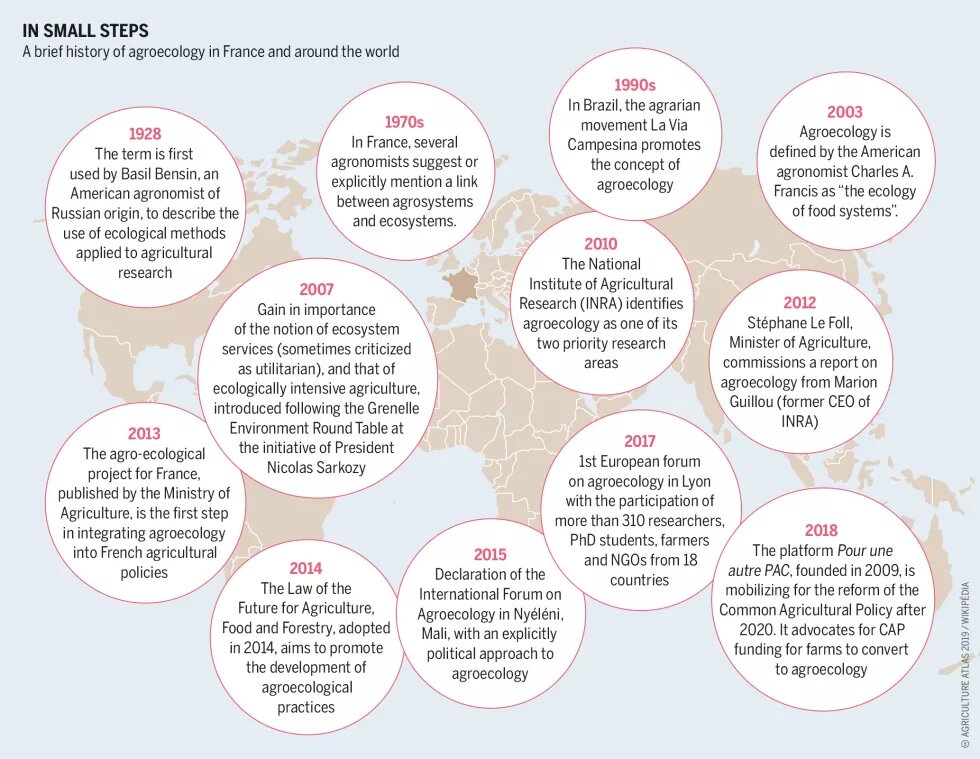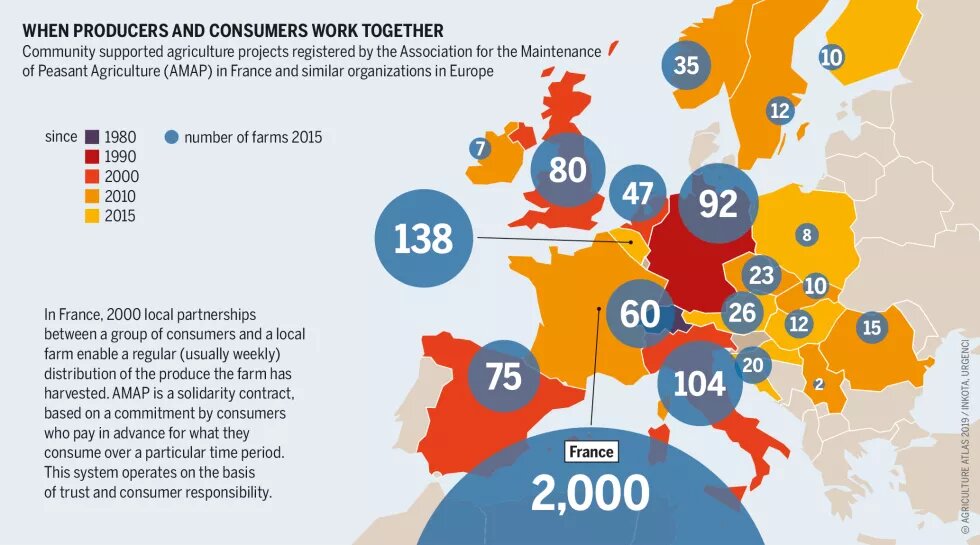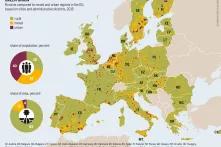

The concept of agroecology is to make use of local natural processes, enabling farm management with minimal external inputs and with less capital than conventional agriculture. A transition to this approach is necessary because of the current pressures in Europe on natural resources, biodiversity and the climate. This pressure creates a goal: the transition must ultimately encompass all farms. That is not an option, but a necessity. The principles of agroecology should be used to redirect the specifi cations for the Common Agricultural Policy.
First of all, agroecology should become the central element in the Common Agricultural Policy. Achieving this will be a challenge because it will require a major reorientation of farming. As such, it will require targeted fi nancial and policy interventions. However, since everyone will profi t from it, agroecology should be fully funded by Europe – and not have to rely on co-fi nancing by each national government – allowing all regions to benefit. In other words, the Common Agricultural Policy should evolve towards a general payment for environmental services, focusing on agroecology.
Second of all, Common Agricultural Policy support should be based on the principles of progressiveness and incentives. Payments for environmental services are not free goodies, they are the way society compensates farmers for services that are not included in the market price for their products. This compensation must ensure that farmers who practise agroecology can make a living from doing so.
Support must also be progressive in order to avoid a black-or-white scenario in which farmers are either eligible for all the payments if they surpass a particular threshold, or get nothing if they fall below the threshold. Such a rule would avoid further progress once the threshold is passed (or if it appears unattainable). If the payments for environmental services are sufficiently well funded, they could become a beacon for farming as a whole and act as a driving force behind the transition.
We might envisage a payment system for environmental services at various levels of complexity, depending on the issues and regions targeted.
A first level would target the fundamentals in the functioning of production systems. It would use simple, generalizable criteria that can be applied on a wide scale, for instance, the percentage of permanent grassland (with a weighting for ecological value), the number of rotations, the share of legumes, the percentage of “ecological infrastructure” (elements such as hedges, trees and ponds), the percentage of dryland crops in water-defi cit areas, etc. This level would be offered to all European farms, adapted to each region according to its specific ecological and geographical criteria. Using this approach, organic agriculture would justify a system of its own. A second level could target practices specific to the needs of each region or environment: late mowing dates, management and maintenance of agroecological heritage, etc. The different types of schemes could be combined and implemented collectively at the district level, and also be permitted to mobilize additional funding for advice, experimental initiatives or investments needed for agroecological practices.
This approach would compensate existing systems as well as individuals who wish to adopt such methods. It would not reward those farms that start out with a problematic situation and merely become more “virtuous” but remain well below the level of others. It is the end result that should be attractive and socially equitable.
In compensating a farmer for providing a service, it is perfectly legitimate to vary the amount of assistance on the basis of labour inputs, not on the surface area. This compensation could be based on a combination of agroecological criteria (with a points system associated with the performance) and social criteria with successively declining amounts and a ceiling on the total amount that can be paid out.
The break an orientation of this kind would imply lies more in the radical nature of the approach and in understanding its principles, rather than in the design of the schemes themselves. In fact, several of its key features already exist: this proposal is based on the best aspects of current arrangements.
On the other hand, such an approach would open up two avenues. First, on a technical level: it would require redefining the criteria by which budgets are allocated, in terms of the financial equilibrium of the various schemes, and the impact of the points system and the social criteria on expenditure. Second, at the political level: other policy areas, such as trade rules and negotiations or research, would have to be brought into line with an agroecological Common Agricultural Policy.
Such an orientation of the Common Agricultural Policy would have to be managed based on an evaluation of its results. It would be necessary to promote the system through advisory services and public awareness campaigns, which are an integral part of the policy process – and which could also be funded through the CAP. The Common Agricultural Policy would be transformed into a mechanism by which payments for environmental services could become an economic stimulus for agroecological systems and would give rise to a transition that meets the expectations of Europe’s citizens.


